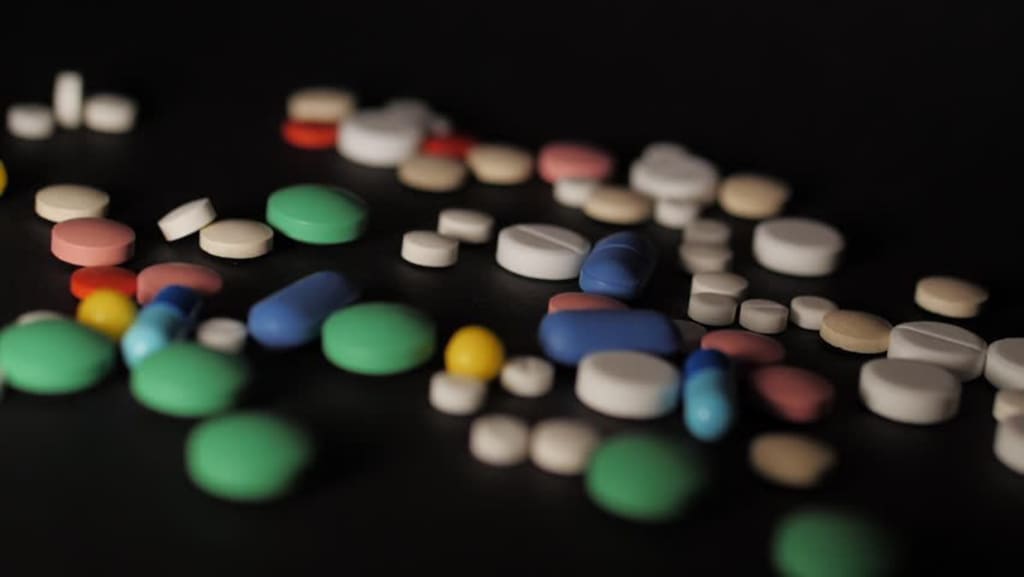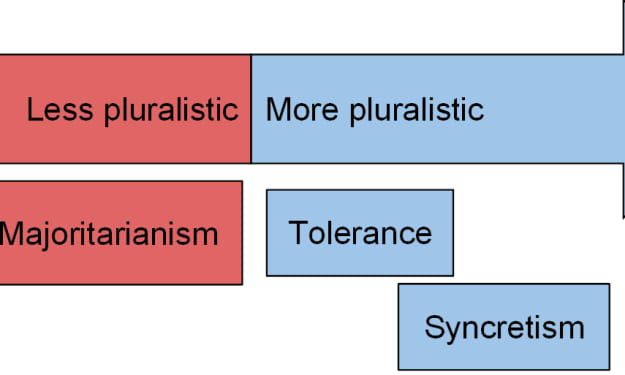Let's Face the Opioid Epidemic in America Together!!
Changing the Way We See Painkillers in America

Even though opiates can relieve pain and improve quality of life temporarily, the opioid epidemic is becoming a widespread problem all over the United States and is still continuing.
Opioids are drugs acting on the nervous system to relieve, but continued use can lead to physical dependence and withdrawal systems leading to opioid abuse. This includes codeine, morphine, oxycodone, and fentanyl used daily by healthcare professionals. We need to realize that this is a more difficult problem to address if no one understands how it affects individuals. Why is this important? The CDC reports that, “66 percent of drug overdose deaths involved an opioid. In 2016, the number of overdose deaths involving opioids was five times higher than in 1999. From 2000 to 2016, more than 600,000 people died from drug overdoses.” That means that at least someone reading this will at least know a family member, neighbor, friend, or even yourself that is currently facing the opioid addiction.
This February, I partially dislocated my shoulder playing intramural basketball. I was sedated with fentanyl so the physician could attempt to pop my shoulder back in place safely, but was not able to proceed. In addition, I was prescribed Hydrocodone and Fioricet to help deal with severe pain and headaches. Although they have helped me deal with the pain I was facing constantly, I could feel the effects it had on my body and took pills a few times because I was afraid of being an opioid addict. I have had multiple injuries exposing me to opiates. Back in high school, I was fortunate to know a physical therapist that informed me about using prescription drugs and possibilities of being an opioid addict since I was injured all the time throughout my years of playing sports. I consider myself lucky, but how many individuals have actually had this conversation? Not many which are unfortunate.
In the United States, we hear about people overdosing, dying, or going to the hospital because they are addicted to opioids, but that doesn’t mean it should become the reality. I think that there ways to make policy changes at the federal, local, and state level, and it all stems from having a conversation about opioids. This alone can help break barriers surrounding the negative stigma of opioid use. The NIH reports every day, more than 115 Americans die after overdosing on opioids. Just imagine what we can do, especially in a society where people are afraid of asking for help because they might get arrested or looked down upon. If lowering barriers helped, the healthcare providers can spread knowledge, stories, and hope. Providing public information can help those in recovery and prevent further exposure to help people get well and stay off medications.
Therefore, I find it important to equally address this among healthcare professionals and providers, policymakers, CDC, and other HHS (Health and Human Services) agencies. With effective communication and efforts, we can reduce opioid addiction and increase opioid addiction treatment. In North Carolina from 1999 to 2016, it has been reported by the North Carolina Human and Health Services more than 12,000 North Carolinians died from opioid-related overdoses. In Wilkes County, North Carolina, the Project Lazarus helped lower the overdose death rate by 38 percent in one year. The program consisted of five components such as community activation and coalition building; monitoring and surveillance data; prevention of overdoses; use of rescue medication for reversing overdoses by community members; and evaluating project components. Now, North Carolina has made progress of receiving more than 31 million dollars to address the opioid crisis through the 21st Century Cures Act, State Targeted Response to the Opioid Crisis Grants to name a few grants.
Recently, New York was the first state to enforce a state budget requiring pharmaceutical companies to pay a $100 million annual fund to financially cover costs of prevention, treatment and recovery programs. I think if New York enforces a state budget holding drug companies accountable, so can other states follow as well.
My hopes are that by bringing awareness to opioid epidemic by initiating conversations with friends, family, and neighbors, we can help seek multiple resources for those facing this situation. By decreasing distribution of painkillers inside the community, we can find resources to cope with chronic pain the safe way. To do so, we need to secure our medications and make sure they are out of reach. I think that encouraging others to share their experiences can help significantly reduce opioid addiction in America as well.
Additional Information:
HHS.gov (Main Goal Info)
About the Creator
Sarah Elizabeth
Future physical therapist and recent graduate. Love to be outside and write and read.






Comments
There are no comments for this story
Be the first to respond and start the conversation.